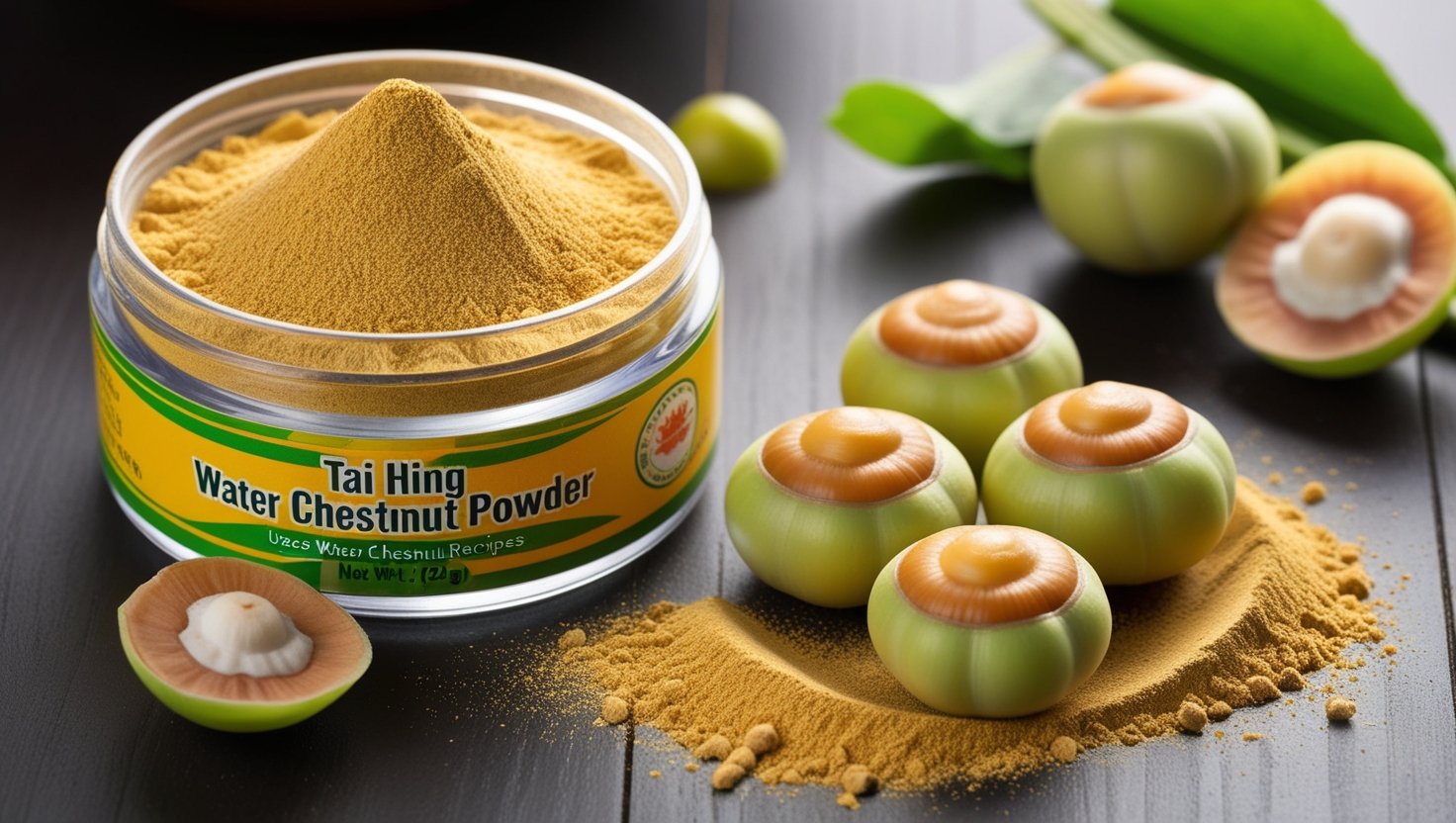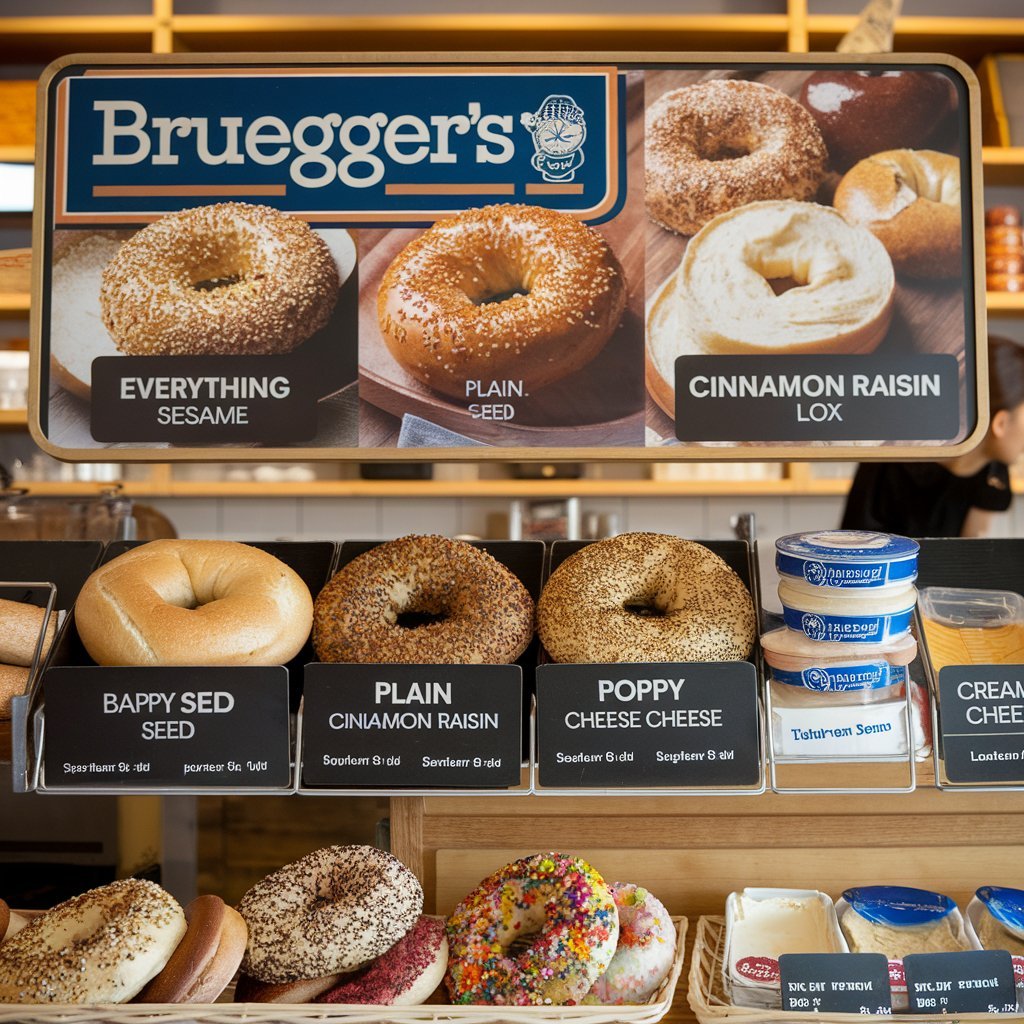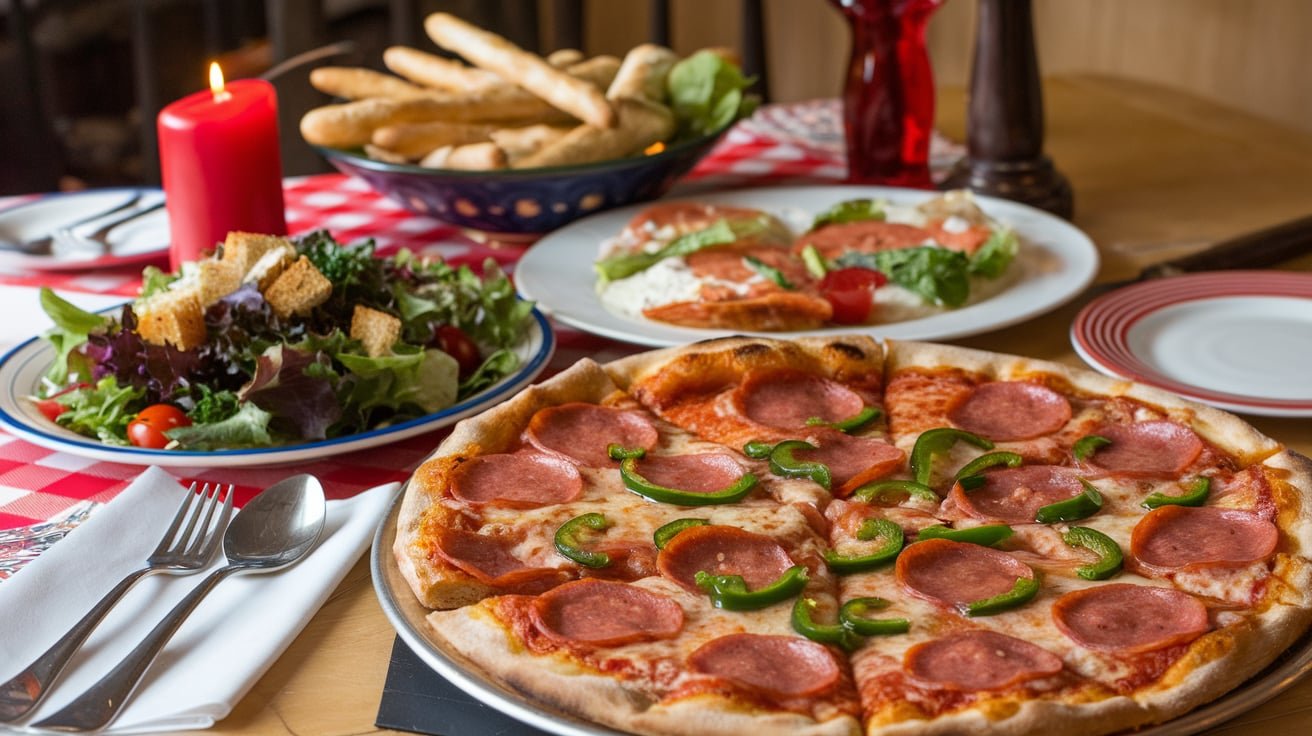Blending cultures and traditions often leads to delightful and unexpected combinations that make a lasting impression. One such intriguing fusion can be seen in an American biscuit with a kufi on. This combination may sound unconventional initially, but it offers a unique exploration of two distinct cultural elements—American culinary traditions and the significance of the kufi as part of global fashion and artistic expression. In this article, we will delve into the meaning behind the term American biscuit with a kufi on, explore its cultural context, and consider the impact of such a fusion on both food and fashion.
Understanding the American Biscuit with a Kufi On: An Introduction to the Concept
Contents
- 1 Understanding the American Biscuit with a Kufi On: An Introduction to the Concept
- 2 The American Biscuit: A Culinary Tradition
- 3 The Kufi: A Symbol of Heritage and Identity
- 4 The Intersection of the American Biscuit and the Kufi
- 5 The Significance of Fusion in Today’s World
- 6 A Creative Approach to Cultural Expression
- 7 Conclusion
- 8 Common Asked Questions
The phrase American biscuit with a kufi on presents an intriguing visual and cultural image. Of course, the American biscuit is one of the tastiest desserts in the Southern States because of its flakiness and butteriness. Originally used as a breakfast meal or adjunct to other meals, a biscuit is probably one of the most identifiable foodstuffs in the United States. On the other hand, the kufi is a rounded cap traditionally worn by males, especially in most African, Middle Eastern and South Asian content. It is traditional, has spiritual touch and shows respect.
Who might one ask, what would you get if you merged an American biscuit with a kufi on? Combining these two items invites the audience to discuss how and at what point nature and identity facets interact, which can be fascinating. This combination of figures might represent the merging of those cultures or can be aimed at analysing the change of playful and engaging traditions.
The American Biscuit: A Culinary Tradition
For those who do not know much about the American biscuit and its history, it is necessary to start by defining the essence of the American biscuit, which is enjoyed with a kufi. American biscuits, as a type of bread, are still associated with Southern cuisine and cookery, although they have been traced back to the dint of colonial Bengal. Despite this, they are not as similar to the British scones as it might be thought, although the texture is the same. The biscuits that Americans call biscuits are different from the British biscuits; they are created from flour, butter, and some baking powder or one or the other baking soda, so the biscuits are very brittle.”
Biscuits are a basic breakfast or dinner dish traditionally eaten with gravy, butter, or jam, usually with sausage or fried chicken. They occupy a unique position on the American table, especially in the South, where they are consumed ceremonially, like during family gatherings and other functions. Indeed, the American biscuit is famous, and its fame is so great that it conveys symbolic meanings related to the South’s comfort, tradition, and hospitality.
The Kufi: A Symbol of Heritage and Identity
Whereas the American biscuit is a food item, the kufi is a chief wear that has tradition and religion bearing on it. The kufi is a small, rounded cap commonly used by Muslim men during prayer and by members of African, Caribbean, and Asian origin. The only fashioned is frequently made from fabric with varying colours, and pat colours, textures, and patterns. It is a fashion accessory representing respect, tradition, and faith. As we have observed in many Muslim communities, wearing kufi is a way of showing respect to God when offering prayers.
In some African cultures, the use is an aspect of identity that people hold deeply in their hearts. Regardless of the civilisation from which the kufi came, it still strongly represents Ethiopians and other Ethiopians. Africa’s essence continues to preserve a link with its antecedent’s culture and spirituality.
The Intersection of the American Biscuit and the Kufi
The phrase American biscuit with a kufi on may initially seem playful or even peculiar. However, it reflects a deeper, more profound concept: the blending of cultural elements in a contemporary world that is increasingly interconnected. While an American biscuit represents comfort and simplicity, the kufi embodies cultural pride and spiritual significance. When you combine these two symbols—one from the culinary world and one from the realm of cultural fashion—the result is a unique fusion of ideas.
The image of an American biscuit with a kufi on could symbolise how people from different cultural backgrounds increasingly find ways to coexist and express their identities. Just as food evolves, so do fashion and cultural traditions. The fusion of these two elements may evoke thoughts of how communities are navigating the complexities of modern life, where food, fashion, and spirituality intersect in new and unexpected ways.
The Significance of Fusion in Today’s World
The modern world, mainly globalization, implies that people of different cultures are confronted more often than ever. The idea of an American biscuit with a kufi on is emblematic of this cultural blending. Everyone wants to dress differently and prepare food differently from others, and then global cultures bumble to form a new cultural brand.
Gastronomy hybridization has existed for many years and is already on the global culinary table. Dishes like sushi burritos, Korean tacos, and falafel burgers exemplify how different culinary traditions have created sciences. This is the same with fashion, where such culture as kufi is still commonly worn today and is now woven together with modern outfits, sometimes with buttressing from the Western world’s contemporary touch.
A Creative Approach to Cultural Expression
In many ways, the image of an American biscuit with a kufi on is a creative and bold statement of cultural expression. This is a far cry from what most of us consider to belong to the category of food and fashion, and it does question our routinary thinking. Although combining the worlds of food and fashion is not necessarily something to jump up and down for, it is a fun twist on how people define tradition(s) at their best.
This fusion is the premise for what people from different cultures bring to the diverse society in the modern world. Just as an American biscuit with a kufi on combines two distinct symbols of culture, it highlights the beauty of incorporating different traditions, practices, and ideas.
Conclusion
In conclusion, the phrase American biscuit with a kufi on encapsulates the beauty of cultural fusion and how diverse traditions—whether in food, fashion, or other aspects of life—can come together unexpectedly. To clear up this misunderstanding about the relation between food and clothing in terms of what is considered a symbol of the American dream today and the history of the kufi, one only needs to investigate further gradually. What represents the synthesis of these two parts is much more than a mere pictorial view of amalgamation; it is the affirmation of vitality and a better appreciation of diversity and creativity in every human activity.
Common Asked Questions
Q1: What is the cultural significance of the kufi?
As you can see, the kufi is a cap many Muslim men wear during prayer. It also influences culture in some African, Middle Eastern, North African, and Asian communities. For them, it symbolizes respect, spirituality, and cultural heritage, to mention but a few.
Q2: How is an American biscuit different from a British scone?
An American biscuit tends to use baking powder or soda as its rising agent and is easy, flaky, and off. On the other hand, British icons are a little sweeter and more compact in texture and are only served with clotted cream or jam.
Q3: What does the fusion of an American biscuit with a kufi represent?
The fusion of an American biscuit with a kufi on symbolizes the blending of cultural traditions—one from food and the other from fashion—highlighting how different cultures can coexist, evolve, and adapt in a modern, interconnected world.




